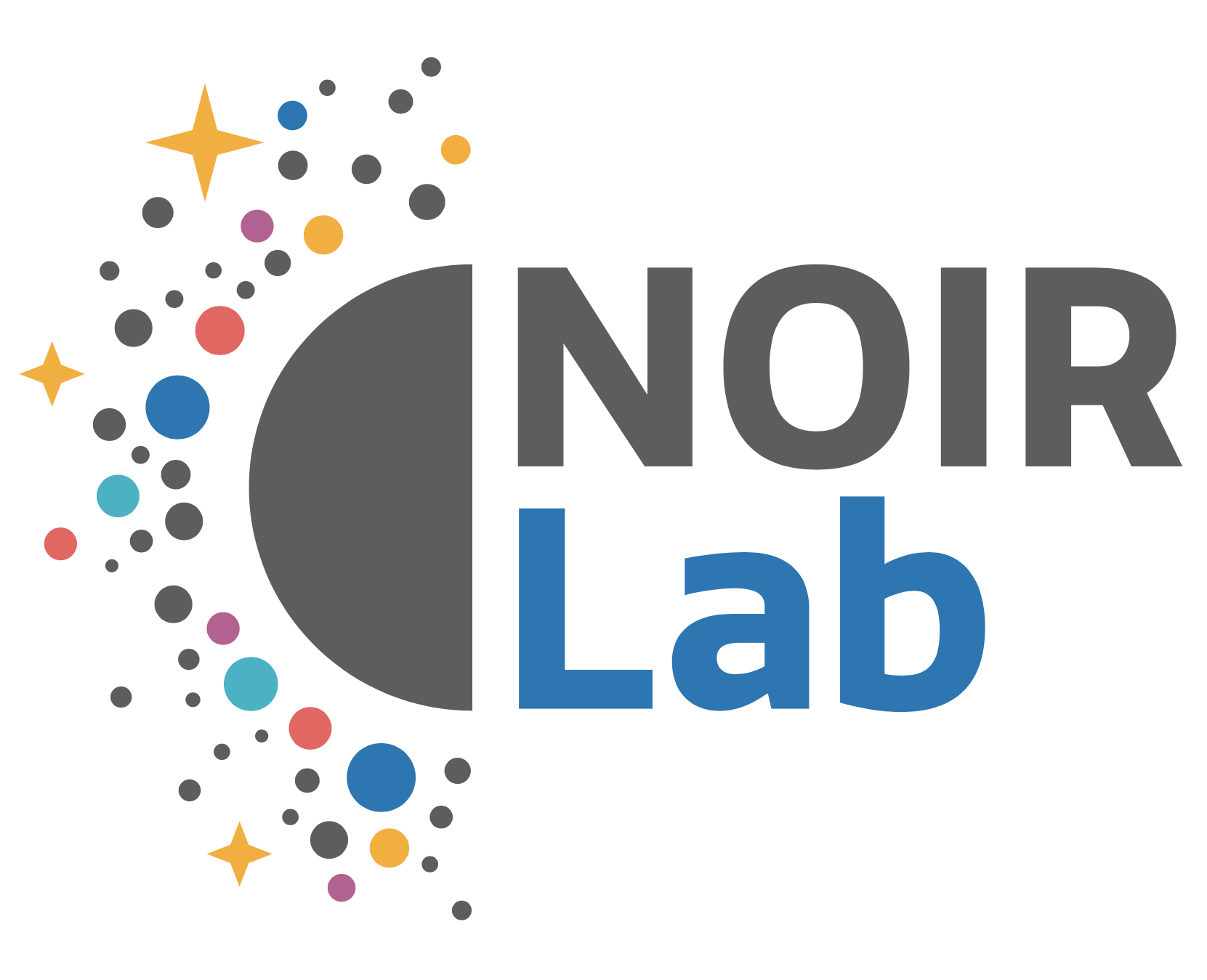AEON (the Astronomical Event Observatory Network) will be a collection of world-class telescope facilities which can be accessed on demand, at the touch of a button. At the heart of the network, LCO is joining forces with the NOIRLab CSDC and the SOAR 4.1m and Gemini 8m telescopes to build a network for the LSST era.


